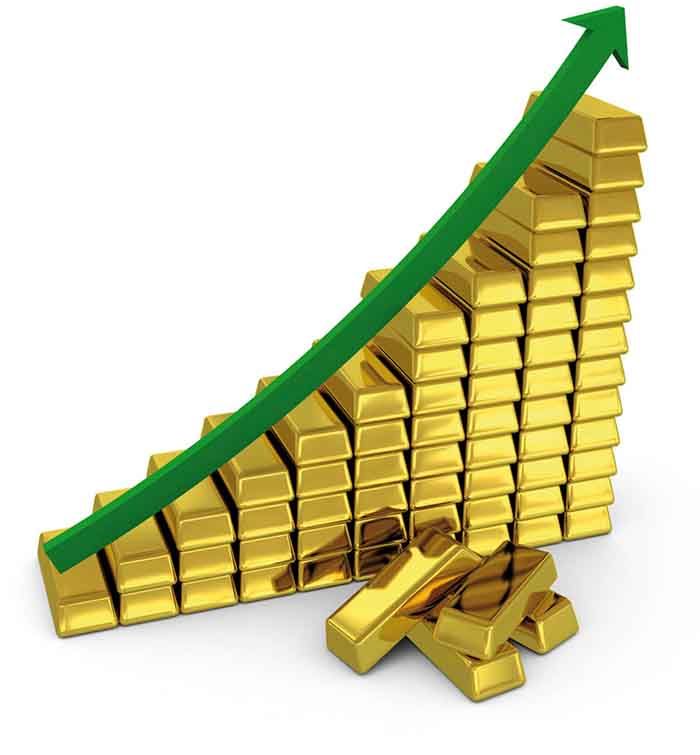Blackrock iShares’ latest EMEA-listed ETF report found that $747m (€644m) was added to EMEA-listed gold exchange traded products (ETPs) in November, making it the biggest inflow month since February.
It said that the divergence in flow patterns between US-listed and EMEA-listed gold ETPs had been an enduring theme this year.
“In November the trend continued as US investors withdrew $175m as European investors added to holdings,” the report said.
It noted that US-listed gold ETP flows appeared closely linked to the gold price, and investors seemed to react tactically to price moves in either direction.
In November EMEA-listed commodity funds had their second consecutive month of inflows and added $408m.

The report also found that US investors were looking towards Europe as US-listed European equity funds added $716m in inflows in November.
EMEA-listed ETPs had its third largest monthly inflows this year at $10.2bn, up from October’s $7.5bn. Year-to-date inflows were now at $91bn.
iShares said the inflow to US-listed products coincided with a rally in the EUR/USD cross rate in line with the trend of US investors looking to Europe as the euro strengthened against the dollar.
“Flows into US-domiciled European equity ETPs have broadly moved sideways during periods of euro weakness and have grown when the euro has strengthened,” the report said.
Again, equities were found to be the most popular asset class accounting for $6.8bn of ETP inflows. Fixed income ETPs added $3bn, their largest inflow month since June and their third largest inflow month of the year.
Within fixed income, flows into emerging market debt (EMD) ETPs in Europe added $8bn this year, which was just under a quarter of the total fixed income inflows. While EMD struggled in Q4, USD and euro investment grade (IG) ETPs gained significantly after the French election in May.
iShares said flows since January in USD IG and since May in euro IG demonstrated that European investors were allocating to both euro and ESD IG credit, increasingly instead of EMD.
On IG bonds, Dutch asset manager, NN Investment Partners (IP) said these had become more attractive than their high yield counterparts on a risk-adjusted basis thanks to its relative valuation.
An NNIP analysis found the high yield spread ratio over IG was still around the lows seen in recent years.
“For example, the ratio of global high yield over euro investment grade is 4.7 times. Early 2015 this ratio was 6,8X,” the analysis said.
NNIP senior strategist for multi-asset, Koen Straetmans said that global economic growth was solid, synchronised and broad-based, and corporate earnings and balance sheets were healthy.
“As yet, inflation is subdued, allowing central banks to remain accommodative at this stage, feeding expectations of the all-important gradual nature of monetary policy normalisation,” he said.
“Spread markets have been very much supported by central banks in the crisis aftermath, orchestrating a major trend of search for yield. This trend seems unbroken but into next year things may differ depending mainly on inflation dynamics and subsequent central bank exit perceptions and actions.”







